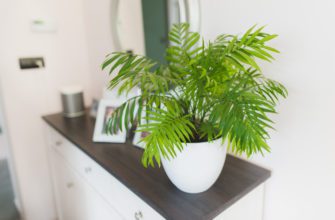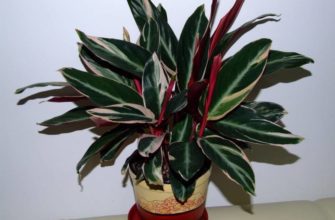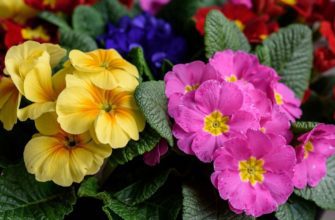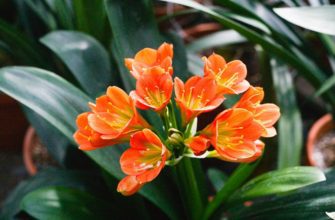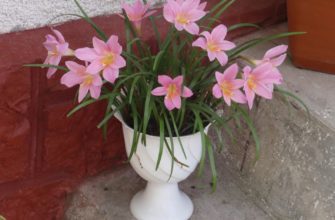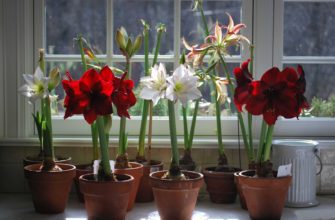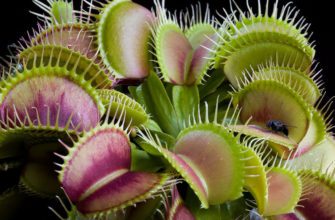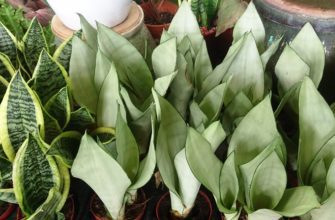Cyperus, also known as indoor papyrus, is one of the most unusual and elegant plants that can be found in home interiors. Its delicate green stems and exotic structure make it an ideal choice for those who want to add a touch of the tropics to their home. This article will introduce you to the history and care of this amazing plant, which once served as a writing material in ancient Egypt.
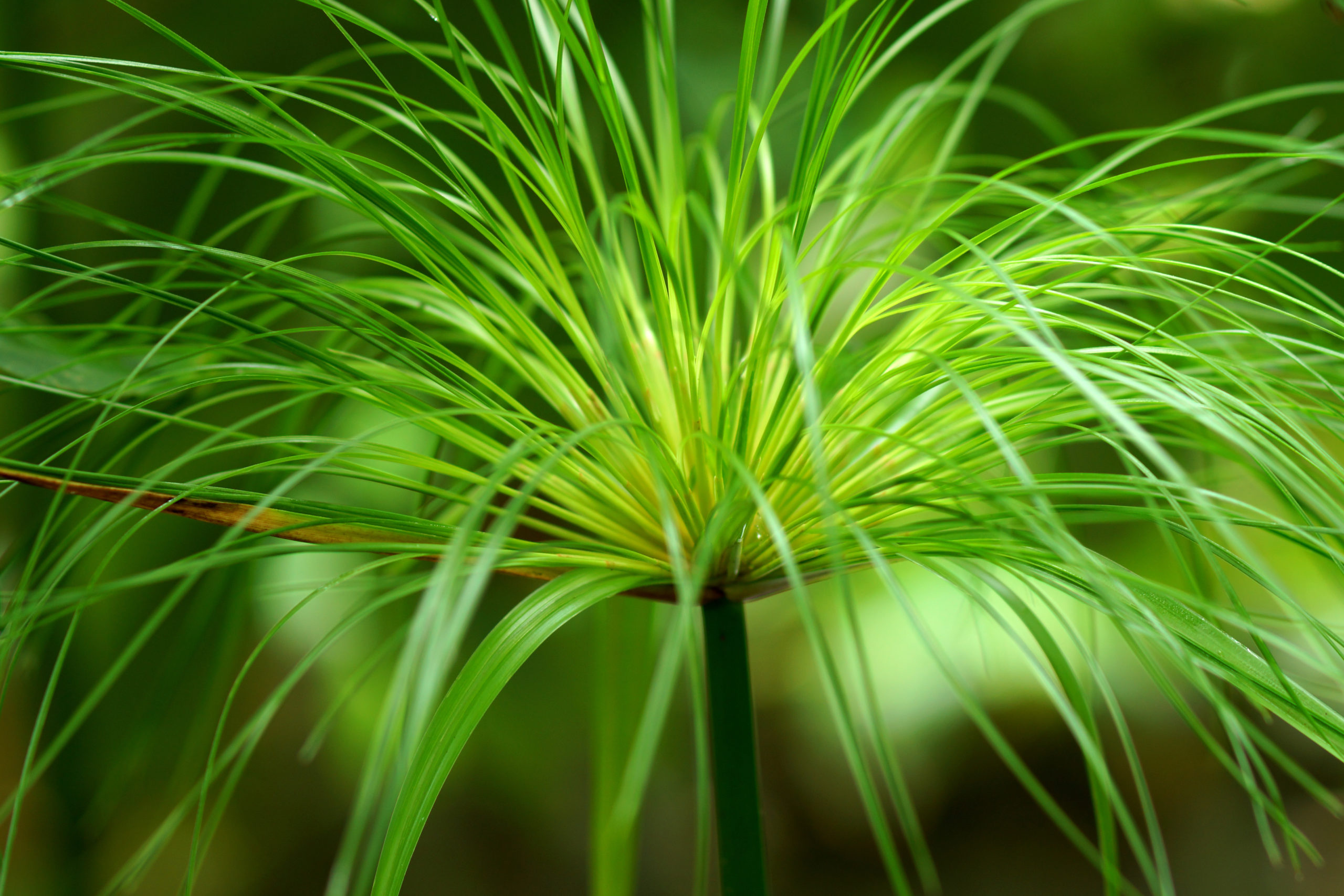
The Prehistory of Papyrus and Its Importance in Ancient Cultures
Papyrus is not only a plant, but also a material that revolutionized the way people communicated and stored information in ancient times. Its roots go back to ancient times and it played a key role in the development of ancient civilizations.
In ancient Egypt, about 5,000 years ago, papyrus was first used as a writing medium. The Egyptians made it from the marching papyrus plant, which grew near the Nile River. Thin strips of the plant stem were folded in two layers crosswise, then pressed and dried in the sun to form smooth sheets for writing.
Papyrus not only replaced clay tablets, which were heavy and fragile, but also became an ideal medium for creating scrolls, which were lightweight, portable, and could store large amounts of information. This was a real breakthrough in the field of storing and transmitting knowledge.
The importance of papyrus in ancient cultures was enormous. Egyptians used it to create religious texts, literary works, official documents, and even maps. Papyrus was also a major export commodity and played an important role in trade between Egypt and other cultures in the ancient world.
Over time, the use of papyrus spread to other cultures. The ancient Greeks, Romans and Jews also actively used this material. It became the basis for the creation of many historical, philosophical and religious texts that have survived to this day.
Overall, papyrus played a central role in the development of writing and education in ancient cultures, becoming a bridge between the past and the present and leaving an indelible mark on human history.
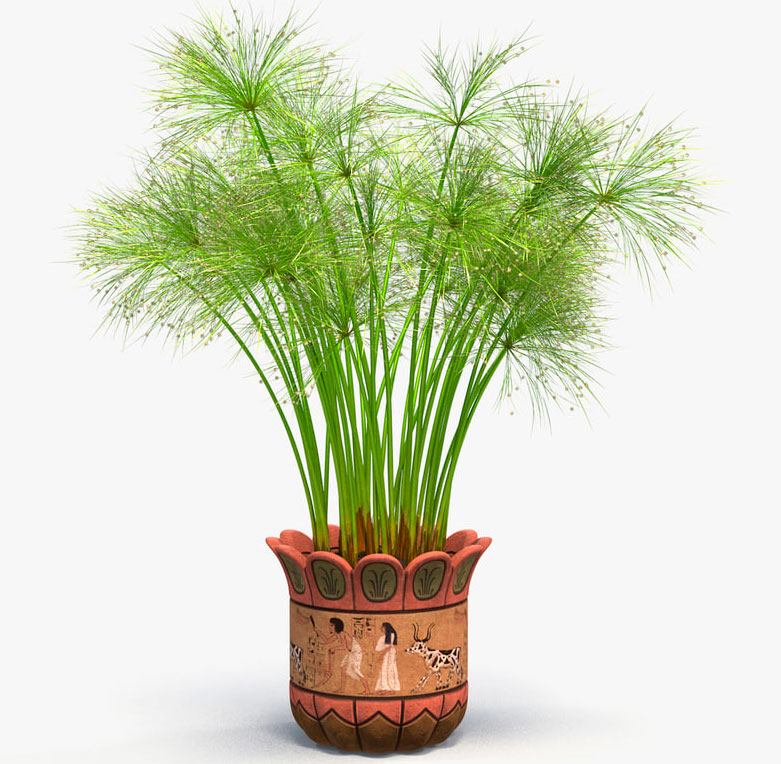
Features of indoor papyrus (cyperus)
Indoor papyrus, also known as cyperus, is an ornamental plant that has gained popularity due to its exotic appearance and ease of care. Here are some characteristic features of this plant:
- Appearance: Cyperus has long, thin and straight stems, at the top of which are fan-shaped leaves or small "umbrellas". This unusual design gives the plant an elegant and airy appearance.
- Height: Cyperus is a plant that loves moisture. In natural conditions, it often grows on the banks of reservoirs or in marching zones.
- Stability: Although papyrus loves humidity, it is quite resistant to various environmental conditions, which makes it an excellent choice for indoor growing.
- Application: Due to its unique appearance, cyperus is often used to create accents in interiors, especially in minimalist or modern decors.
- Bloom: Some species of Cyperus can bloom, producing small yellow or greenish flowers.
- Perennial nature: With proper care, cyperus can delight you with its appearance for several years.
Overall, indoor papyrus or cyperus is a sophisticated choice for those who want to add a tropical touch to their home or office. Its appearance and unpretentiousness make it one of the most desirable plants among lovers of green spaces.
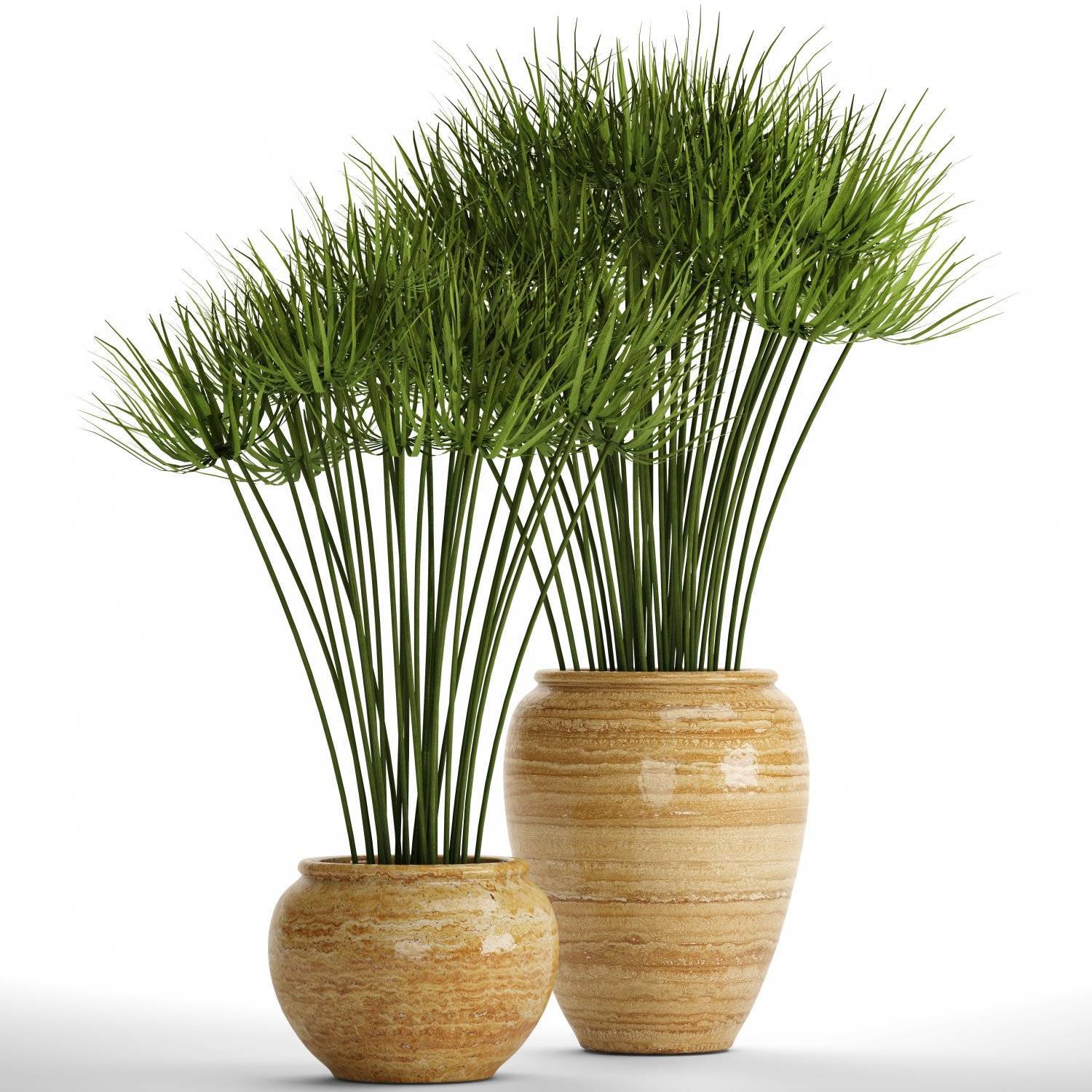
Caring for indoor papyrus
Indoor papyrus, or cyperus, although considered a relatively unpretentious plant, requires certain care to maintain its appearance and health. By following these recommendations, you can provide your papyrus with the best conditions for growth:
- Lighting: Papyrus prefers bright but diffused light. Avoid direct sunlight, as it can cause leaf burn.
- Watering: Since papyrus grows naturally in aquatic conditions, it likes high humidity. Make sure the soil is always moist, but not waterlogged. Water more frequently in summer and moderately in winter.
- Humidity: Papyrus prefers high humidity. On hot days, it is recommended to spray the plant with soft water.
- Soil: The ideal soil for papyrus is a mixture of peat, sand and perlite. Make sure the pot has good drainage.
- Top dressing: During the period of active growth (spring-summer), papyrus can be fed with universal mineral fertilizers once a month.
- Transfer: Young plants are best replanted every year, as they grow quickly. Mature plants require replanting every 2-3 years.
- Trimming: If stems become too long or untidy, they can be carefully trimmed to maintain the shape of the plant.
- Temperature: The optimal temperature for papyrus varies from 18 to 25 degrees Celsius.
- Diseases and pests: Like many houseplants, papyrus can fall victim to aphids, spider mites, or scale insects. Inspect the plant regularly and apply insecticides at the first sign of trouble.
By following these simple guidelines, you can keep your indoor papyrus in excellent condition, enjoying its exotic and fresh look in your interior.
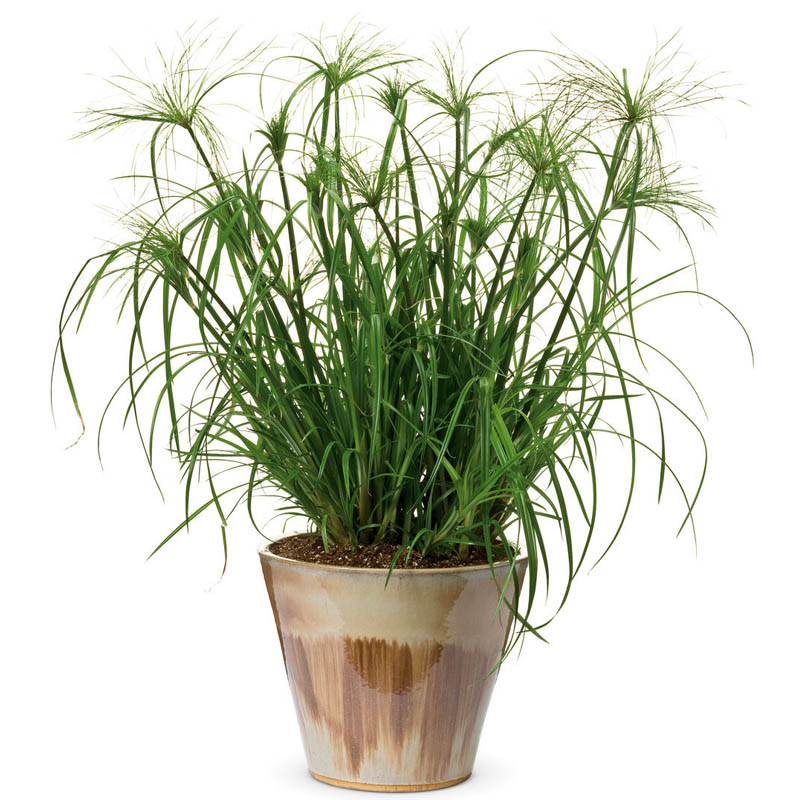
Cyperus varieties for home keeping
Cyperus, better known as papyrus, is a popular choice for indoor growing due to its exotic appearance and ease of care. There are several varieties of this plant that are great for indoor growing:
- Cyperus alternfolius: This is one of the most popular varieties for home maintenance. It is distinguished by long stems and fan-shaped tops, reminiscent of umbrellas.
- Cyperus zumula: A small species, reaching a height of only 30-40 cm. Ideal for small spaces and cramped interiors.
- Cyperus proliferator: This species is slightly larger and can reach a height of up to 1 meter. It is distinguished by large leaves and a denser "umbrella".
- Cyperus nanus: As the name suggests, this is a dwarf form of papyrus. It grows slowly and reaches a height of about 20-30 cm.
- Cyperus isogone: This species stands out for its unusually shaped leaves, which are twisted into a spiral. This gives the plant an interesting and unique appearance.
When choosing a variety of cyperus for home maintenance, it is worth considering the size of your home, as well as the care features of each species. Regardless of the choice, proper care and attention to the needs of the plant will ensure a long and healthy life for your cyperus.
Conclusion
Cyperus, or indoor papyrus, is not just an ornamental plant, but also a living symbol of history and culture. By caring for it, you not only enrich your interior with greenery and exoticism, but also become part of an ancient tradition.
We hope that our article will help you grow a healthy and beautiful plant that will delight you with its splendor for many years.

